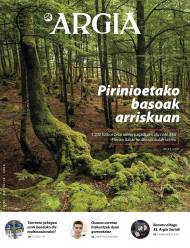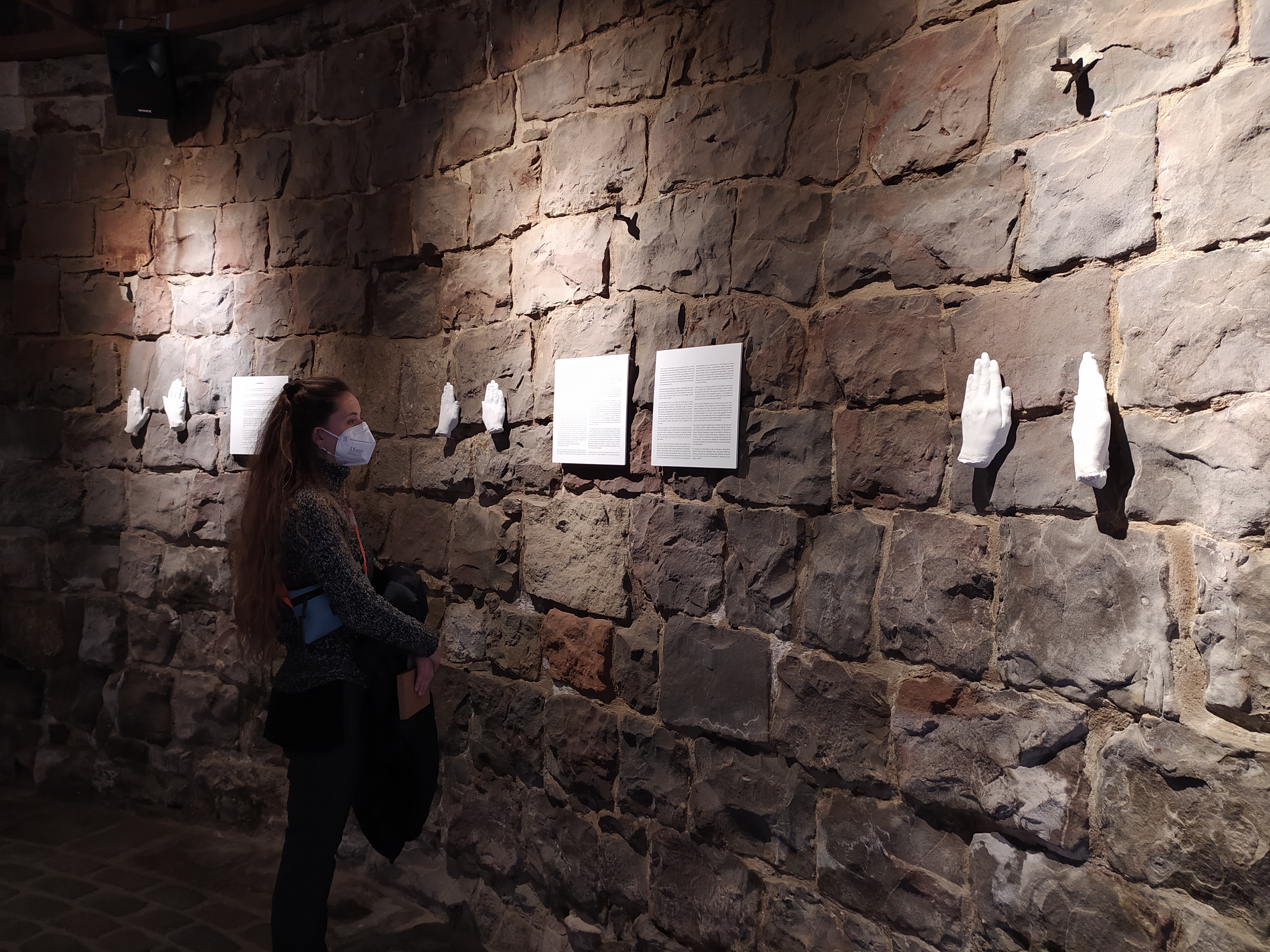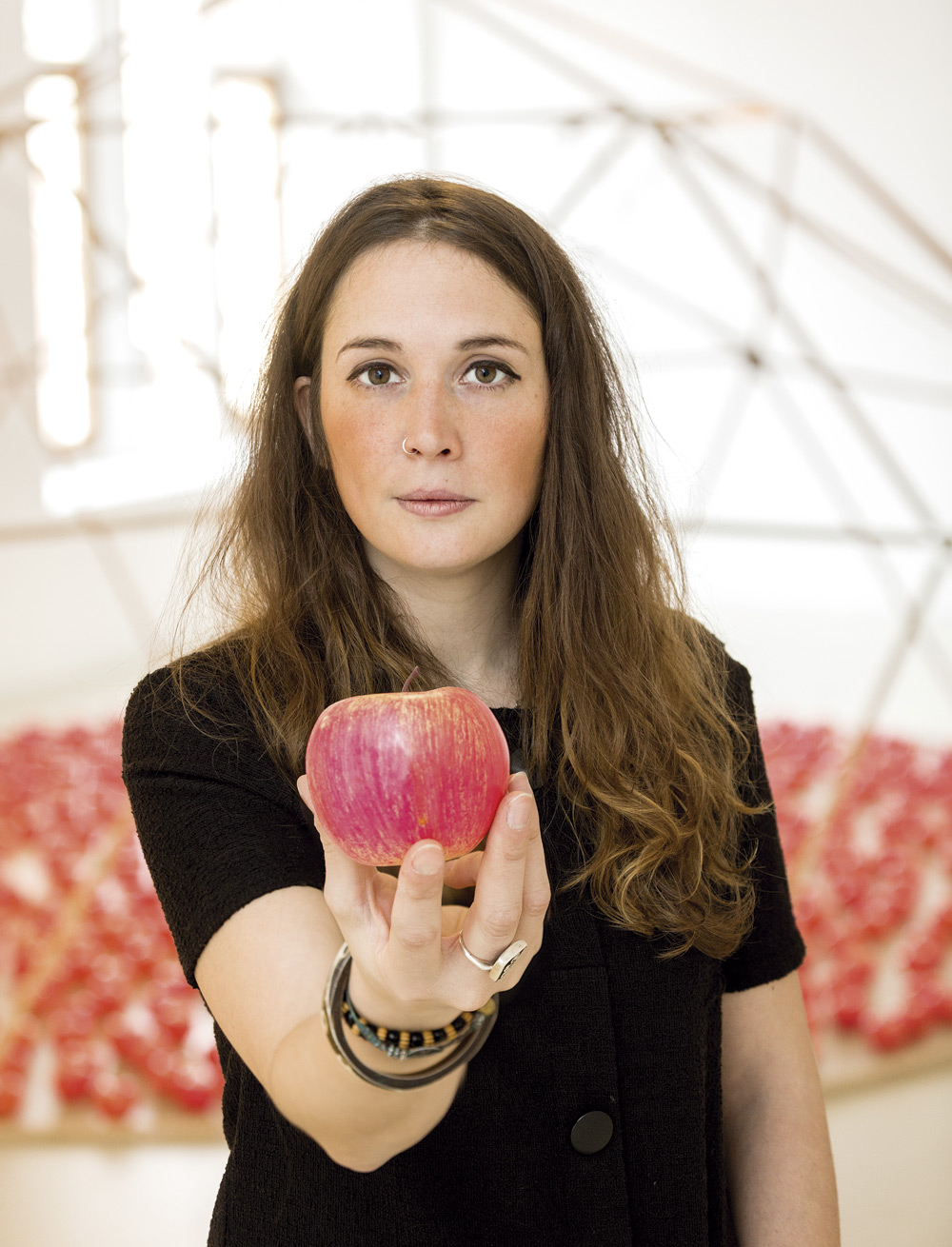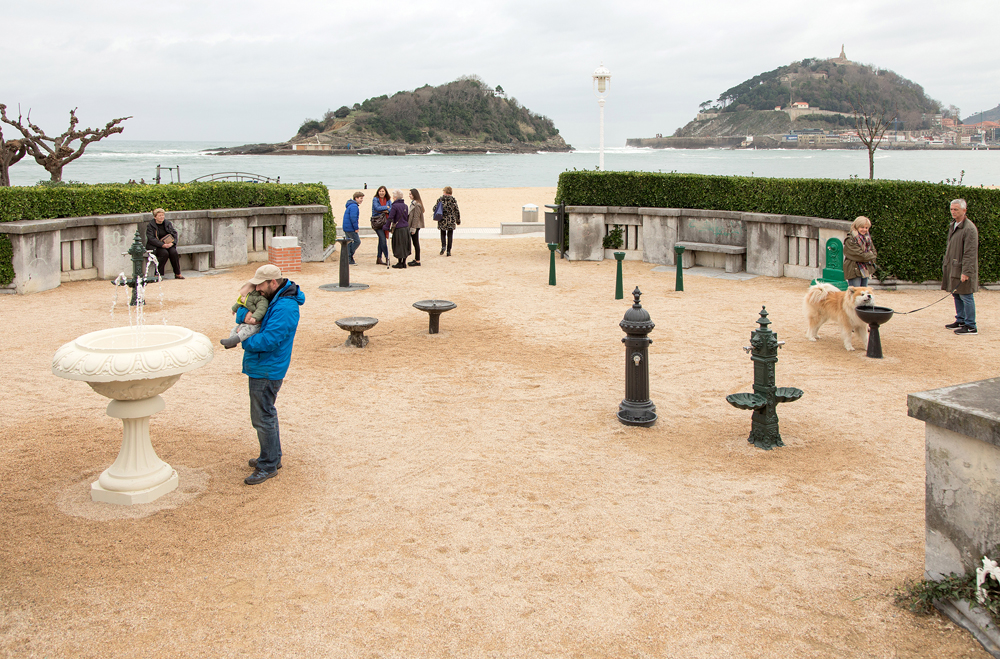About the option of an island
- Paradise could be an island. Hell too. This is at least believed by writer Judith Schalansky, author of Atlas of the Remote Islands (The Atlas of the Far Islands, 2013). Without leaving the tibidity of the Berlin library, he wrote the book researching countless maps and navigational charts, collecting fables, myths, fantasies and stories about the 50 most remote islands of the European continent through the oceans. In fact, the islands, those pieces of land surrounded by salt water, have something special that fascinates writers and readers. There have been many who have taken these small spaces as the axis to give wings to their imagination. This is what composer Abel Paúl has done: He has just presented the Insula/Insulae sound installation (in Latin, island) in the Artiatx space of Bilbao.

Perhaps in these times when we want and cannot travel, the proposals that lead us elsewhere, albeit through the senses, are even more stimulating to us. The work, entitled Insula/Insulae (Eea… Null… Zorrotzaurre), has a trip where the musician and composer Abel Paúl creates a sound facility for the former Artiach factory, located on the island of Rotzaurre, in Bilbao. Through the spaces of floors 2 and 3 of this historic building, Paul unfolds a sound cartography that expands rapidly through space, impregnating everything with sounds; uniting the sound islands, creating archipelagos.
The Artiatx project is a separate space for artistic production, located in the building of the old cookie factory of the same name, Artiach. It is managed by three artists – Irati Urrestarazu, Javier Arbizu and Oihane Iraguen – and is aimed at the production of visual arts and the organisation of exhibitions. The Artiach biscuits factory was moved by a fire in 1921 from Cantanarras Street in Bilbao to the 70th of Deustoibarra. In this new location, with modern and new equipment, it acquired a greater production: In the 1940s, the company had more than 600 workers and at the height of production, that is, in the 1970s, it had more than 800 workers, mostly women. The factory was active on the Bilbao peninsula until 1983, when the production plant was moved to Orozko (Bizkaia).
A place of great history, therefore, that has been conquered by some artists. Today they work from the 2nd floor. Incidentally, it should be noted that the former peninsula of Zorrozaurre became an island since October 2018 on the occasion of the last urban ordinance operation launched by the City Council of Bilbao in the city. The Master Plan of this project was designed by the architect Zaha Hadid and covered the entire opening of the Deusto Canal, making Zorrozaurre an island.
.jpg)
In the course of 2020-2021, the Artiatxe have launched the Leku Leku Toki cycle, in which they have programmed two artistic interventions. The first, last summer: The sculptural installation Rojdly by the artist Julia Spínola was the first to put into dialogue the diaphanous and luminous space that was the factory with an artistic intervention. This is the first individual exhibition of the artist in the Basque Country, held in collaboration with the Okela Creation Workshop. In the exhibition the sculptures and graphic work of Spínola were presented, the result of a repetition, serialization and constant review of the form and matter. The second intervention is the sound installation of Paúl, a site-specific project based on the Artiach building and the island of Zorrotzaurre.
Abel Paúl (Valladolid, 1984) is a musician and composer, currently residing in Málaga and despite his youth has a long experience as a composer: he has studied in Amsterdam, Berlin and Huddersfield (United Kingdom), has carried out artistic stays in Sweden, Germany and Italy, as in the Royal Spanish Academy of Rome, and has participated with his musical compositions in numerous international festivals. His research frequently resorted to classical sources and references, and his project presented in Artiach also has several anchors derived from classical and mythological literature.
The Insula/insulae sound system features at least eight speakers and sixteen transducers that connect to two keyboards and Abel Paúl computers via black and long cables. The transducers appear suction cups that stick to the windows of the old factory, and through the cables, the sheet music that Paul interprets leads to the windows crystals and through the resonances they cause a slight tremor. These little vibrations return to Paul like our body's blood system would. These transducers are also attached to the wooden ladder, as well as to the spatial columns and other architectural elements. What is gathered from these springs seems to be that it is the breathing and heartbeat of the building itself, or perhaps the sighs of a building that has remained standing for decades, sounds that are inserted in the sheet music mixing with other files that the composer already had grabado.El sound that propagates along plants 2 and 3 and the wooden ladder that connects these two spaces – the sometimes mild to barely identifiable, difficult to identify.
On the other hand, the project has its own dissemination in publication format. In it we will find the score of the musical composition, which brings us from island to island, from the island of Eea, through Ultima Thule and Balcia, to Zorrozaurre, a myriad of imaginary islands. Sounds from different backgrounds, when recorded on the staff, acquire almost abstract forms, occasionally remembering Cornelius Cardew's Teatrise. The publication also includes a printed poster with serigraphy and a CD with artist texts.
Between January 16th and 17th, Paul offered four concerts or listening sessions for the attendees. Next, Insula/insulae will take the form of a sound installation that will be heard in the continuous loop, a unique opportunity to go through the space and enjoy the sound landscape of the factory while we visualize the maritime borders of Bilbao.
In autumn 2015, at the age of 40, Maider López (Donostia-San Sebastián, 22 March 1975) returned home with an exhibition in the Koldo Mitxelena room, a review of the work of the last ten years. It's not retrospective, but it's the way to put your work in touch to see them in a... [+]













